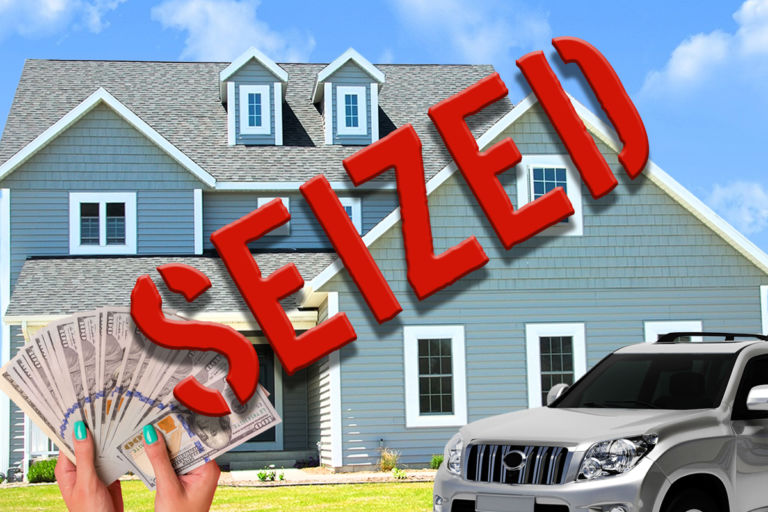In his response to the recent shootings at Umpqua Community College, President Obama made an impassioned plea for more gun control:
The United States of America is the one advanced nation on Earth in which we do not have sufficient common-sense gun-safety laws — even in the face of repeated mass killings….
It cannot be this easy for somebody who wants to inflict harm on other people to get his or her hands on a gun.
And he backed this plea up with a claim about what "we know":
We know that states with the most gun laws tend to have the fewest gun deaths. So the notion that gun laws don’t work, or just will make it harder for law-abiding citizens and criminals will still get their guns is not borne out by the evidence.
Unfortunately, as a statement of what we know about gun control laws, this claim is misleading at best.
As Glenn Kessler explains in The Washington Post’s "Fact Checker" column, the President’s claim is based on a chart that appeared in the National Journal that uses colored boxes (rather than statistical analysis) to show a strong negative correlation between "gun deaths" and gun laws, i.e., most of the states with a lot of gun laws have relatively low rates of gun deaths, and most of the states with few gun laws have relatively high rates.
Kessler points out a number of problems with the chart, including the fact that there are notable exceptions to the rule — Hew Hampshire and Vermont both have few gun laws as well as low rates of gun deaths — and the fundamentally important fact that correlation does not prove causation. However the big problem with the chart is that, when it comes to the issues the President is talking about, it doesn’t even show correlation because it uses the wrong metric:
Most gun deaths — more than 60 percent in 2013 — are actually suicides. The president made his remarks in the aftermath of the tragic shooting rampage at an Oregon community college, and so it’s a judgment call as to whether counting suicides is appropriate. After all, Obama wants to thwart mass shootings by enacting universal background checks aimed at people with criminal histories.
If rates of suicides tracked closely with more relevant kinds of gun deaths, homicides for example, this might not matter, but they don’t. On the contrary, when Kessler revised the chart by excluding suicides "it made a huge difference":
Alaska, ranked 50th on the National Journal list, moved up to 25th place. Utah, 31st on the list, jumped to 8th place. Hawaii remains in 1st place, but the top six now include Vermont, New Hampshire, South Dakota, Iowa and Maine. Indeed, half of the 10 states with the lowest gun-death rates turn out to be states with less-restrictive gun laws.
Meanwhile, Maryland — a more urban state — fell from 15th place to 45th, even though it has very tough gun laws. Illinois dropped from 11th place to 38th, and New York fell from 3rd to 15th.
This is a classic situation in which a politician bases a statement on a study, but then exaggerated the conclusions to justify a policy….
We wavered between Two and Three Pinocchios, but in the end settled on Two [meaning "significant omissions or exaggerations"].
At the Volokh Conspiracy, Eugene Volokh, provides a more systematic analysis of the relationship between gun laws and homicides that suggests Kessler was being generous. Instead of using aggregated "gun deaths" and a crude, "check the boxes" approach to evaluating gun laws, Volokh uses 2012 Justice Department homicide data and gun law grades from the Brady Campaign. The result?
It turns out that there is essentially zero correlation between these numbers and state gun laws. (Emphasis added.)
The ten states with the lowest rates of homicide received an average Brady score of 15, compared to an average score of 13.2 for the ten states with the highest rates. Each group included three states with scores over 10.0 and three states with negative scores. Overall:
The correlation between the homicide rate and Brady score in all 51 jurisdictions is +.032 (on a scale of -1 to +1), which means that states with more gun restrictions on average have very slightly higher homicide rates, though the tendency is so small as to be essentially zero…. If we use the National Journal data…the results are similar
Contrary to what the President has claimed, we don’t know that the gun laws he advocates would reduce the rate of homicide, and we certainly don’t know that they would put a stop to mass killings. And because we don’t know these things we should be hesitant about supporting such laws. When it comes to using government force against ordinary Americans, the burden should always be on the would-be enforcer to show that the use of force is justified, and that’s especially true in the case of Constitutionally protected rights like the right to bear arms.
Click here for the Legal Update archive.
You can unsubscribe to this and all future e-mails from the John Locke Foundation by clicking the "Manage Subscriptions" button at the top of this newsletter.


